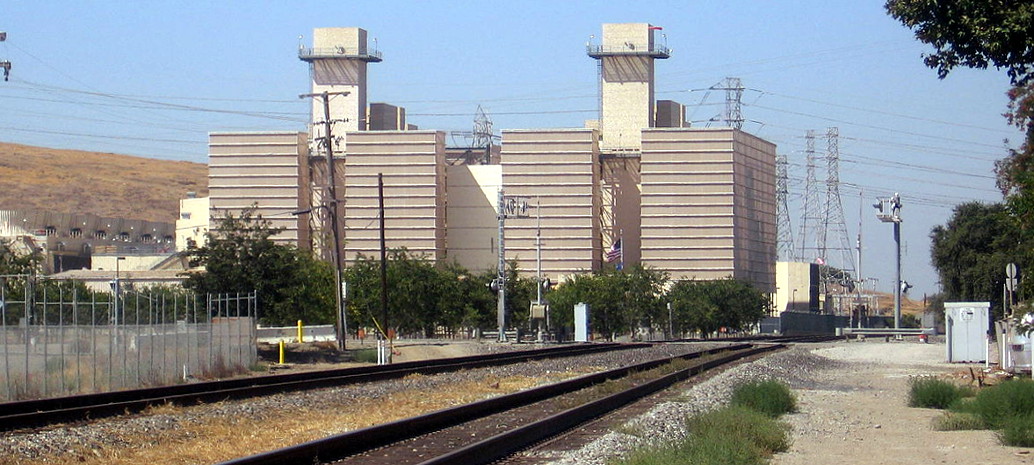In California and other regions where the transition to renewable energy is most advanced, the tide is turning not only against coal and nuclear power but against gas plants as well.
As the latest evidence of this, last Thursday the California Public Utilities Commission (CPUC) issued an order that calls for utility Pacific Gas & Electric Company (PG&E) to hold one or more solicitations for energy storage and/or “preferred resources” to address local capacity and voltage needs in two different parts of the state.
This option is being selected instead of giving lucrative payments to Calpine for thee existing gas plants, one of which is a combined-cycle plant in South San Jose as well as two “peaker” units in the Central Valley north of Sacramento.
Together these three represent 675 MW of capacity and are currently meeting capacity requirements and a high voltage issue in the three sub-areas where they are located. However, CPUC states that energy storage and preferred resources can be a viable alternative, noting both rapid deployment and the use of energy storage to fill capacity needs in Southern California in the wake of the Aliso Canyon gas leak.
Preferred resources can refer to any mix of behind-the-meter resources, demand response and renewable energy technologies eligible for the state’s renewable portfolio standard. And while the use of energy storage to meet capacity needs is obvious, in a study with NREL and California’s grid operator First Solar has demonstrated that solar plants can provide many of the grid support services typically supplied by conventional generation, including voltage regulation.
CPUC has authorized PG&E to conduct one or more solicitations as soon as possible, and to report back to CPUC within 90 days.
This move by CPUC is only the latest sign that California is turning away from more gas plants and towards a more rapid move to renewable energy. California energy authorities rejected NRG’s plan for a peaker plant in Oxnard in favor of cleaner options and are continually calling for preferred resources to meet new needs.
In this case, regulation is following the movement of the market. California has been getting less of its electricity from gas every year for the last three years, which has led to a decrease in emissions. This has been accelerated by a glut of hydroelectric power over past two years, but the underlying trend is that the state continues to push the boundaries with its deployment of non-hydro renewables including solar.
California is not the only market where gas is struggling. In Texas, where both wind and solar are booming, a three-year old 758 MW gas plant went bankrupt last year amid calls for reform of the state’s payments to generators. At the national level, during the first nine months of 2017 electricity generation from gas fell 11% year-over-year.
This content is protected by copyright and may not be reused. If you want to cooperate with us and would like to reuse some of our content, please contact: editors@pv-magazine.com.









By submitting this form you agree to pv magazine using your data for the purposes of publishing your comment.
Your personal data will only be disclosed or otherwise transmitted to third parties for the purposes of spam filtering or if this is necessary for technical maintenance of the website. Any other transfer to third parties will not take place unless this is justified on the basis of applicable data protection regulations or if pv magazine is legally obliged to do so.
You may revoke this consent at any time with effect for the future, in which case your personal data will be deleted immediately. Otherwise, your data will be deleted if pv magazine has processed your request or the purpose of data storage is fulfilled.
Further information on data privacy can be found in our Data Protection Policy.